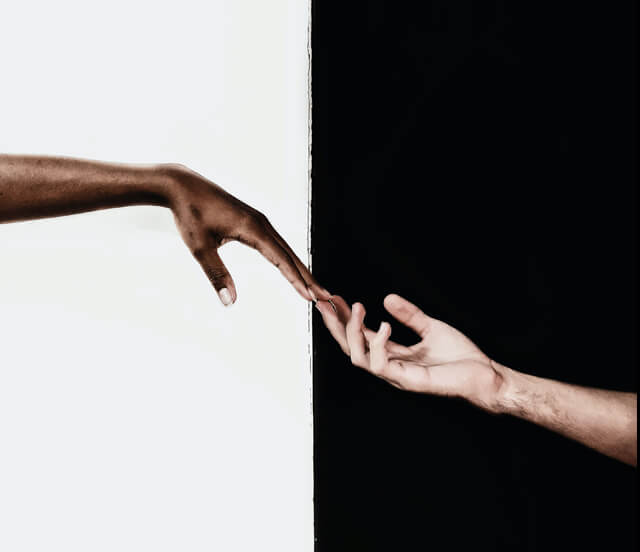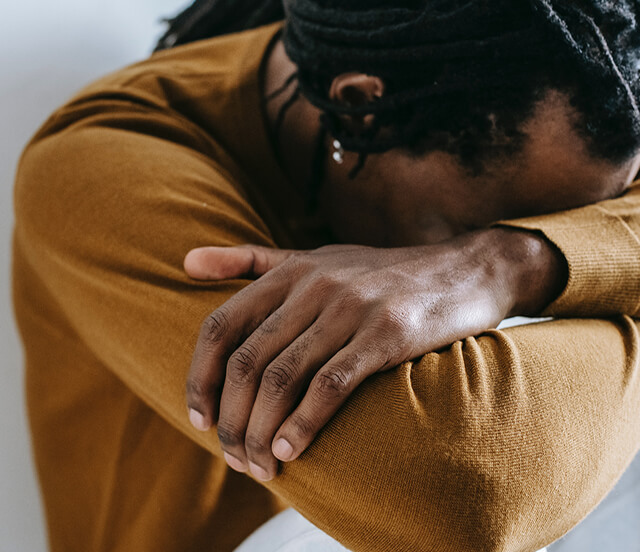by Aya Solombela
Would you be surprised to hear that black people have thicker skin than their respective white counterparts? If so, then you’re unlike the significant proportion of the world’s population that holds this inaccurate belief.
On the face of it, this is a harmless – perhaps even immaterial – belief. However, upon closer inspection it quickly unravels to potentially deadly consequences. Take, for example, a 2016 study which set out to determine whether false beliefs about biological differences between races, such as in the example outlined above, resulted in racial bias in pain perception and treatment recommendations among medical professionals.
The outcomes of the research suggested that people assume that black people feel less pain in comparison to white people. Another study showed that this racial bias reflected strongly and reliably in children by the age of 10 (years). Furthermore, the 2016 study showed that this racial bias in perceptions of others’ pain was prevalent even in people with medical training and resulted in racial bias in pain treatment. It’s important to note, however, that even thought the study had reliable protocols for collecting the relevant data and had statistically significant sample sizes – the participants were largely medical students, with a few interning doctors. Hence, the findings cannot be directly translated to the world of practicing medical professionals – although they clearly point to a potentially troubling reality.
At this point, it’s not unreasonable to begin to wonder what it is that’s at the root of these perverse findings. Is it a latent form of racism, or is there some other mechanism by which the manifestation of this racial bias can be explained?
The study and preceding literature (such as another 2012 study) suggest low correlations between racial attitudes and racial bias in pain perception or treatment – pointing towards status, instead of race, as being primarily responsible for the racial bias. Hence, according to the literature, it’s unlikely that racism is the cause of the racial bias in the perceptions and treatment of pain.
However, we have a horrid history which promoted many false narratives about black people, which have led to many of these prevailing perceptions. Beliefs about biological differences between black and white people have existed in many shapes and forms across time and geographies. These were traditionally used to justify all manner of inhumane treatment of black people. Sadly, these beliefs have found their way into our present day – resulting in the unfair (and perhaps, unethical) treatment of black people across a number of areas (with pain perceptions and treatment being only one such domain).
There’s evidence that it’s not unlikely that many of these false beliefs have carried over to our present day without mal-intent – but instead, as a function of the mechanism by which our brains process information. Indeed, the illusory truth effect – the tendency to believe false information to be true after repeated exposure – has been proposed as playing a role in the development of this bias. This effect is attributable to processing fluency, the facility with which people comprehend statements. Repetition makes information easier to process relative to new statements, potentially leading the brain to respond faster to repeated misinformation and misattribute that fluency with a signal for truth. Troublingly, it may not matter that we initially know the misinformation to be false. This is why, for example, many people believe that we only use 10% of our brains.
Therefore, it appears that there aren’t many ways to stop the spread of these false beliefs. Our biology, as well as the limited amount of time we have to ‘fact-check’ new information every time a decision needs to be made, presents challenges related to practicality. However, we can work towards understanding our assumptions about the world, any associated biases and their impact on others – and challenge them constantly. This is particularly true in our interactions with people from different walks of life.
It shouldn’t take a globally shared experience, such as COVID-19, for us to seek to understand what we often take for granted. We should practice putting ourselves in the shoes of others more often – and appreciating their experiences of life within our society. Let’s each play a more active role in helping to promote equality and eliminating racial (and other) biases from today’s world. Let’s understand our assumptions, challenge them and stop the spread of racial bias.






